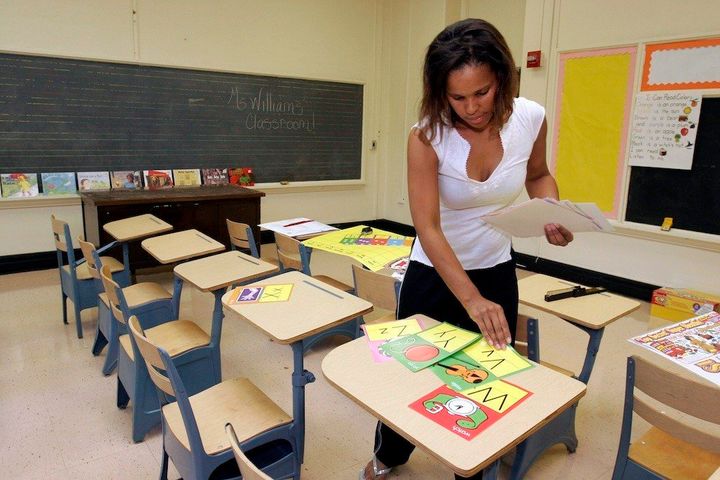
In the Sunday, September 4, issue of the New York Times, a front page article detailed the uncertain and even negative effects of technology in classrooms ("In Classroom of Future, Stagnant Scores"). Yet, the premise -- that a singular investment in technology, without a deep comprehensive re-imagination of the overall educational process, would impact student achievement in a significant way -- is fundamentally flawed.
Educators are often eager to try programs and plans that promise improved student outcomes, especially if grant or foundation money covers program costs. Many federal and foundation funding opportunities focus on short turn-around times to achieve increased test results though a single program. There is no silver bullet that meets the educational needs for all students. To expect that acquiring technology for technology's sake for all students will increase test scores is a faulty assumption built on an underlying foundation that ignores the critical factors of teacher expertise and involvement as well as student engagement.
There are systemic approaches that include technology, but much more, to advance the value of students' educational experience. Technology is a critical tool for learning. Institutions of higher education, like businesses, employ technology to communicate, access current and relevant research, and organize data. Technology is a tool to enhance productivity in both cases; in schools, the effectiveness of technology is measured by greater learning by the student.
Technology can be transformative. Amazon changed the retail world in 1995 when it created an Internet-based version of a brick and mortar bookstore. Apple used technology to revolutionize the music industry when it introduced the iPod in 2001, catapulting the popularity of downloaded music and allowing a person to put their entire library of music onto a device that fit in their pocket.
On the other hand, just having an Internet-based bookstore is not a substitute for having a place to hold and read a book before buying. Using the computer as a digital textbook or as a tool to drill into subject matter with limited ability to interpret student interaction has very little impact on student engagement or achievement. In the best examples of educational practice, technology is used not only to organize curriculum and data, but as a tool to enable communication between the school community and the world at large. It engages students and is a path for learning embraced by many students.
Technology is found to be all but useless when employed in isolation. The smart use of technology, in addition to a vibrant school culture where students work collaboratively on real-world problems, improves student learning.
The Times article implies the investment in technology has made little impact on student achievement, but this is predicated on a false supposition. Technology can enhance student learning, but not when implemented in a vacuum. Technology alone will not accomplish the broader objectives needed to prepare students for today's world.
